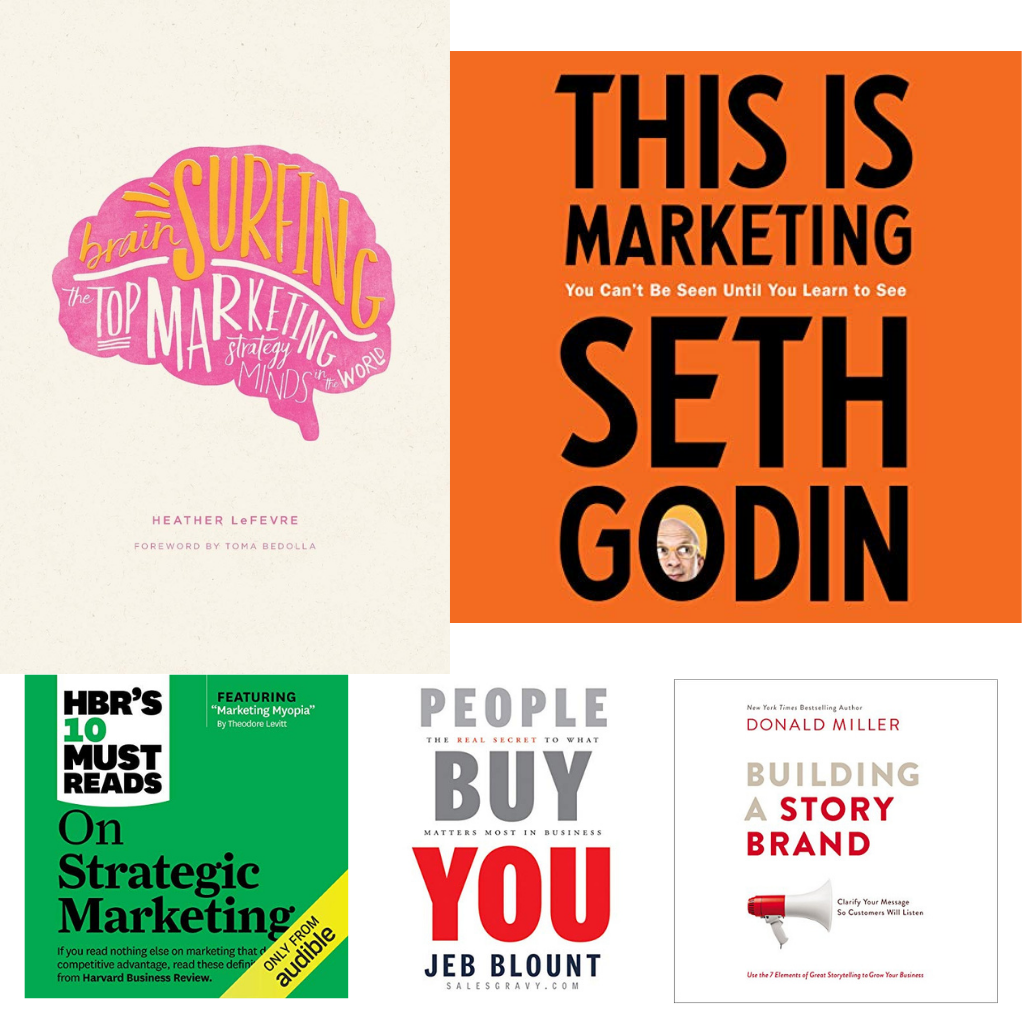When you think of Condé Nast, do you think of Vogue’s September issue, a whopping 4 lbs of glossy pages with impossibly slim models wearing cutting-edge fashions sandwiched between 600+ pages of equally eye-catching ads? Yes, they do publish Vogue and plenty of other highend magazines around the globe. But they’re also leading a green revolution. Almost two years ago, they launched a five-year Sustainability Strategy – part of a commitment to become carbon neutral by 2030.
First, they took on paper—a core part of their product and an element critical to keeping their advertisers happy and buying page ads. They took it on like a bull by the horns and as of January 2021, 100% of the paper in their print magazines was internationally certified as “sustainable”. Then they took on those plastic bags that protect your subscription copies as they travel through the postal service on way from the printing plant to your mailbox. They are now almost all recyclable. Goodbye fossil-based, non-recyclable plastics.
Their mission doesn’t stop with improving the sustainability of their print magazines. Condé Nast is also looking at the carbon emissions of its digital operations, being sure to not “dismiss them as something that is automatically green.” Some of their offices have already moved to 100% renewable energy and all of their offices will move to clean energy by 2025.
Spearheading this effort has been Alice Pilia who joined the company in 2018 to oversee the Global Public Policy function, and a 20-employee task force called the Global Employee Sustainability Council. The members come from 12 diverse markets and work closely with an executive steering committee to set the agenda.
Alice Pilia takes the company’s responsibility to be the voice of change very seriously in that she sees Condé Nast is uniquely positioned to transform the world’s second largest polluter—the fashion industry. With an audience of more than one billion across 32 markets, clearly Condé Nast has a huge platform and the power to push for change–for textiles that are more eco-friendly, for innovative and greener materials and technologies and for improved worker conditions. Not only can Condé Nast influence consumers, but they can also influence the biggest names in the fashion industry and get them onboard to push for change. Read more about Condé Nast’s impressive work here Leading the green revolution – Lessons from Condé Nast’s push for greater sustainability | UPM Communication Papers (upmpaper.com) and leave your comments below.




